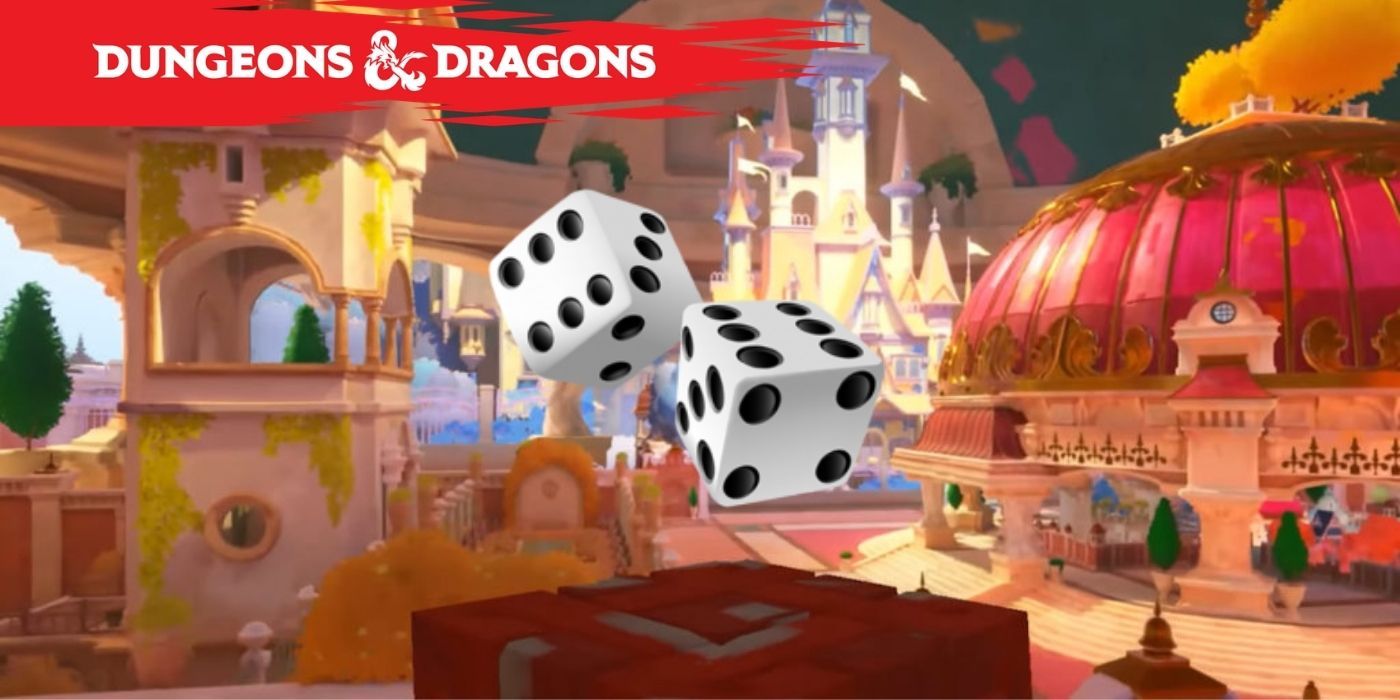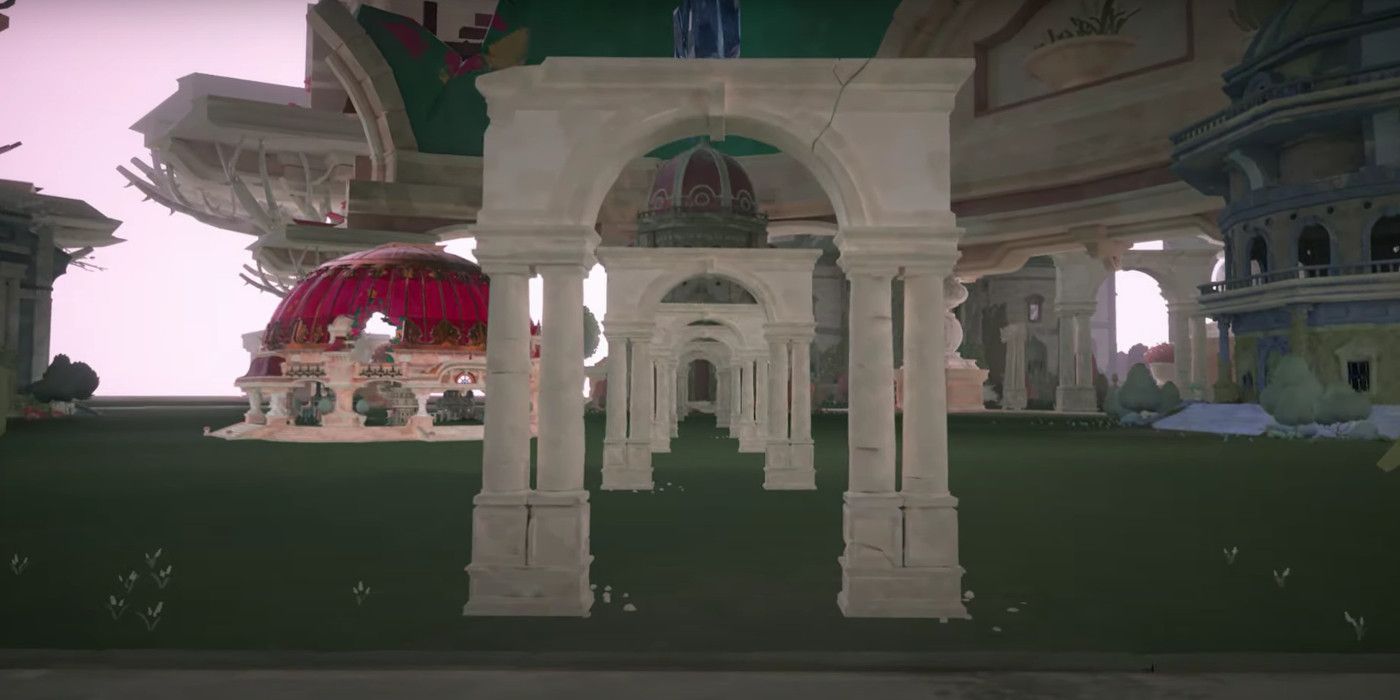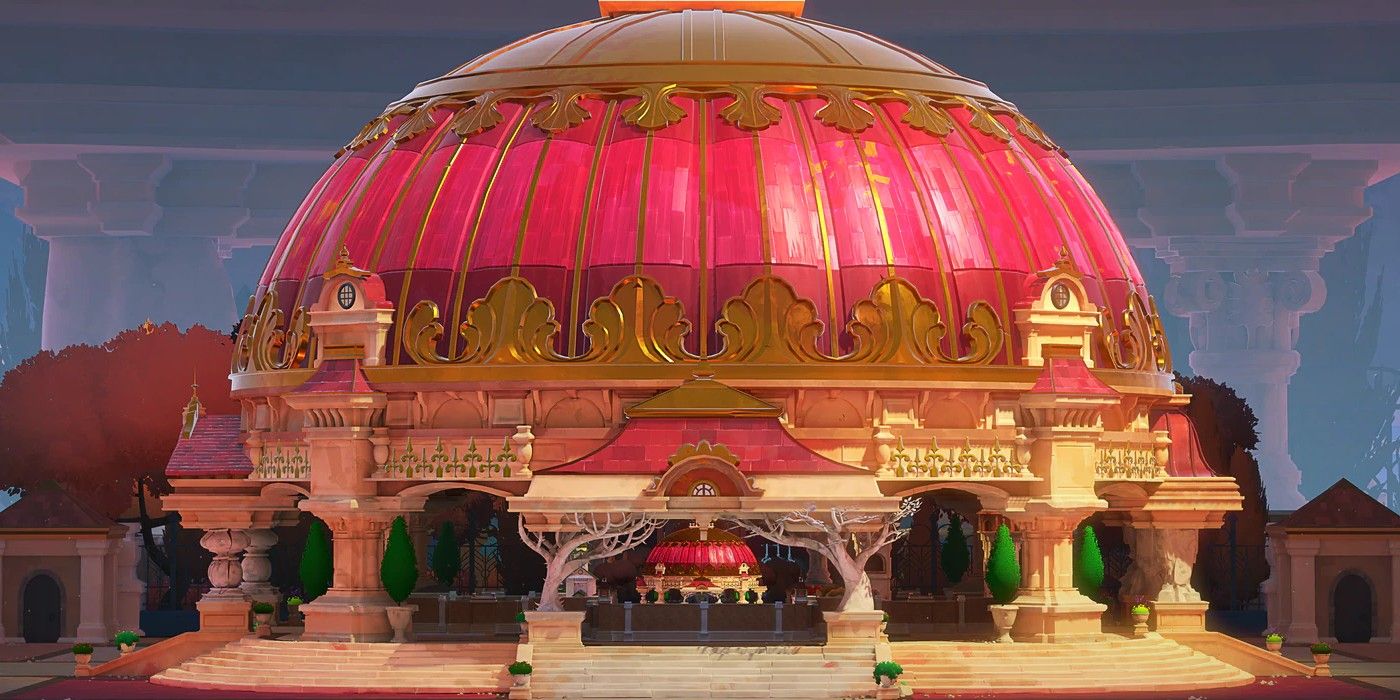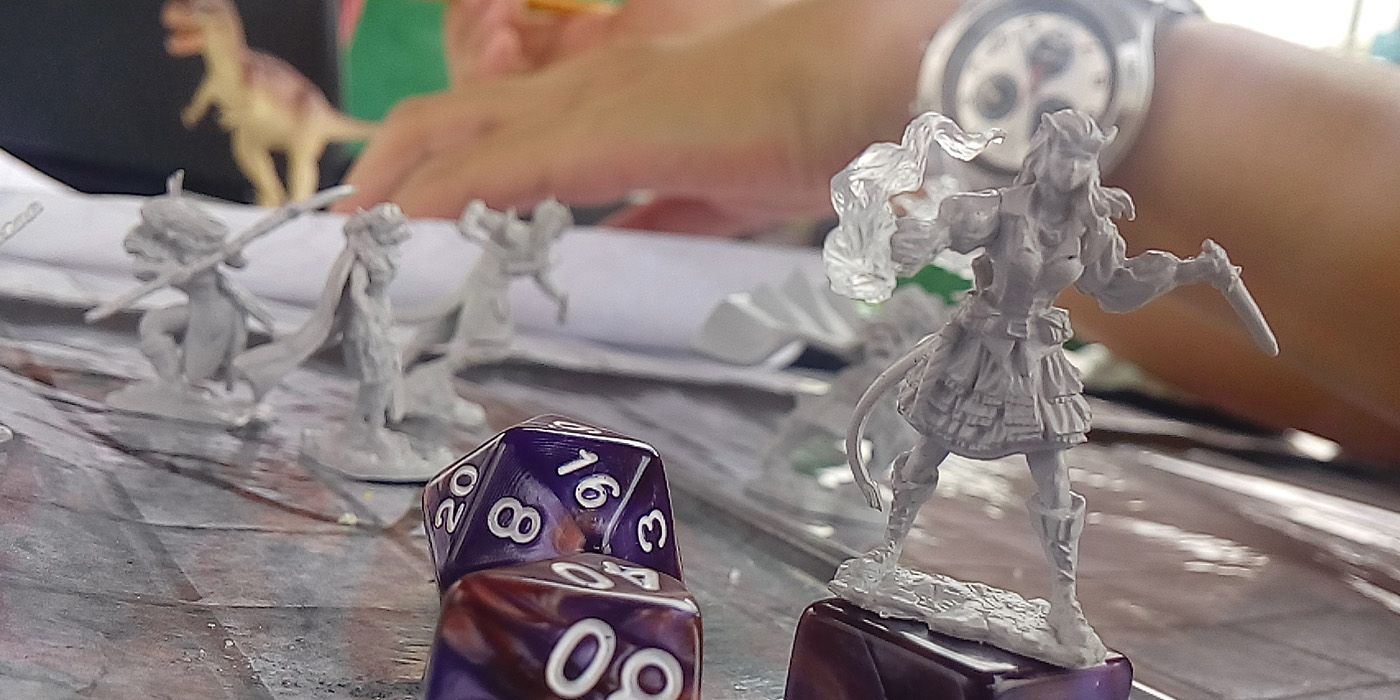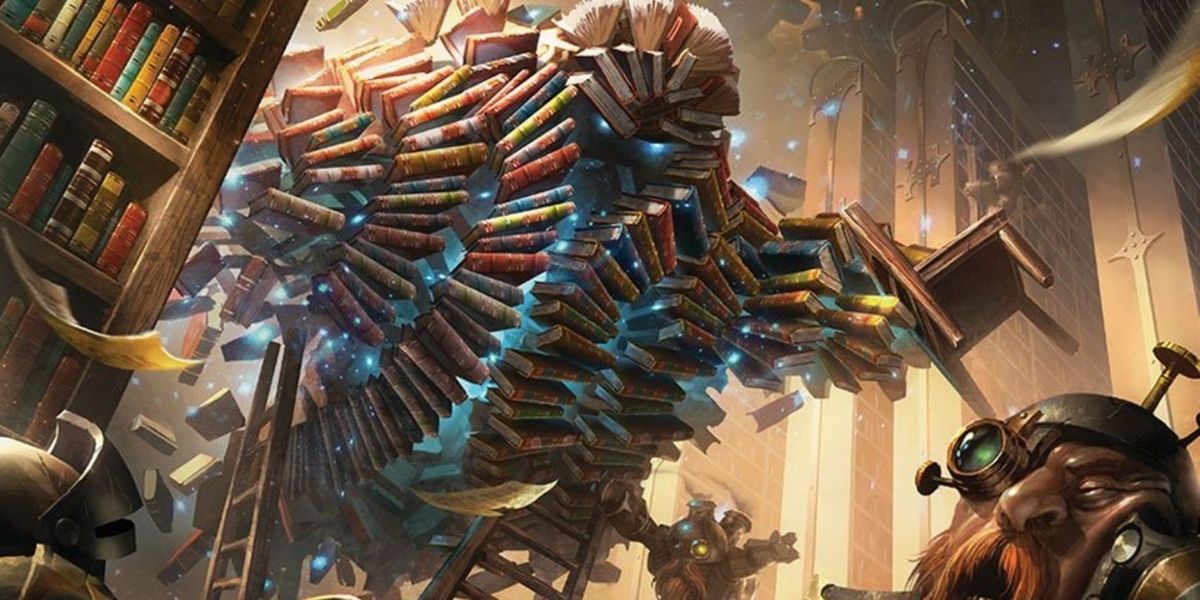In March 2021, PlayStation Plus subscribers were treated to the wonderful puzzle game called Maquette for free, and although reception has been somewhat mixed, the concept of the game is intriguing to most gamers. The puzzles in this game revolve around the idea of recursion, or more specifically a recursive world. This means that the world is created based on other iterations of itself, with larger and smaller variants going on endlessly theoretically. In the game, this takes the form of three identical worlds of different size, and players are able to manipulate objects to solve various puzzles.
Maquette's puzzles can at times be hit or miss, but they can also be amazing tools for game masters in a tabletop RPG setting. Puzzles are an important part of these games, but they can often be difficult to implement thanks to the limitations of TTRPGs in terms of visual representation. In a video game, puzzles often rely on the player's ability to notice visual cues, but this isn't possible in a TTRPG. If the game master describes a piece of the puzzle, that will automatically draw the player's attention to it, a conundrum that turns many away from puzzles in the first place.
Using Puzzles in TTRPGs
Typically speaking, the way to get around this is to be over descriptive when explaining puzzles in TTRPGs. Say the players need to pull down on a torch sconce in order to open a door or solve a puzzle. If the game master points out the torch sconce during their description of the room when they normally wouldn't do such a thing, the players are going to notice and decide to investigate that more thoroughly. Instead, what the game master needs to do is describe the entire room in great detail.
After mentioning the torch sconce that seems to be coming off the wall a bit, also tell the players about the worn and tattered rug in the middle of the floor. Its edges are curled up, indicating that someone might have lifted it in the past. On the opposite wall, there are a series of ornate vases, each a different size and depicting some kind of mythological story. There's also a sputtering fountain just outside the building that seems to stop its flow of water every few seconds, only to turn back on again. These details are really just red herrings, meant to throw the player off the scent of the important detail. This works, but requires a lot of effort on the GM's part and can be a bit frustrating for players.
Maquette's Puzzles
By contrast, puzzles in Maquette have the benefit of visual cues. Players can enter a house and notice a small crack in the wall. At this point, they think that if they headed to the upscaled version, they might be able to fit into that crack. Again, if the game master points out the crack during their description, players will be drawn to this detail, whereas in a video game it's up to the player to notice it.
Despite this key difference, Maquette's puzzles share one thing in common with most puzzles in TTRPGs. In both cases, players must pay close attention to all the details, and there are also a number of ways that the players could solve the puzzle. This means that a GM can spend the time explaining everything in the puzzle in painstaking detail and it won't feel wasted. Even if players decide to solve the puzzle one way, the knowledge that another option could have worked will make the process feel a lot better for the GM and the players.
Recursion in TTRPGs
Aside from being relatively in depth, the thing that really sets Maquette's puzzles apart from typical puzzles is that it follows a different set of rules. The use of recursion makes players approach things from a completely different perspective, especially if they want to get Maquette's platinum trophy. The same can be done in a TTPRG. This works best when the players are dealing with some kind powerful wizard or reality-warping entity or location, as the players will need to find themselves in a recursive space that's different from the normal game world.
Once the players reach this point, the game master shouldn't tip them off about what's going on, instead letting the players discover it for themselves. As an example, the first puzzle in Maquette is incredibly simple to players that understand the recursive world around them. There's a large block stopping the player from reaching the next area, so to get past it they simply need to pick up the block in the downscaled version of the world and move it. Recursive puzzles in a TTRPG should start small like this as well, nudging the players in the right direction but still letting them figure out for themselves what's happening.
Tabletop Recursion - Combat, Puzzles, Exploration, and More
Of course, recursion doesn't have to be used just for puzzles. Although Maquette chose to focus more on its love story and symbolism, a typical tabletop RPG probably has a good bit of combat in it as well. Imagine a scene where half the party is engaged in a battle with monsters while another watches the downscaled world model. Thinking creatively, this player could drop regular sized objects into the model and crush large groups of enemies. Naturally, they'd have to be careful not to catch their own party members in the shockwave.
For exploration, players may need to find small scale pieces to add to the smaller replica in order to progress further in the regularly sized world, and they may even be able to use the replica as a map of sorts in order to see where they're going and what to expect. When used as a puzzle, recursion doesn't even have to apply to the whole world. For example, during one of Maquette's later levels, The Spiral, there's a puzzle where players see a key in the middle of a room. In the next room over, there are two more copies of that key, each of different size. Picking up one will pick up all three, effectively creating recursion on a much smaller scale.
Maquette is available now on PC, PS4, and PS5.

